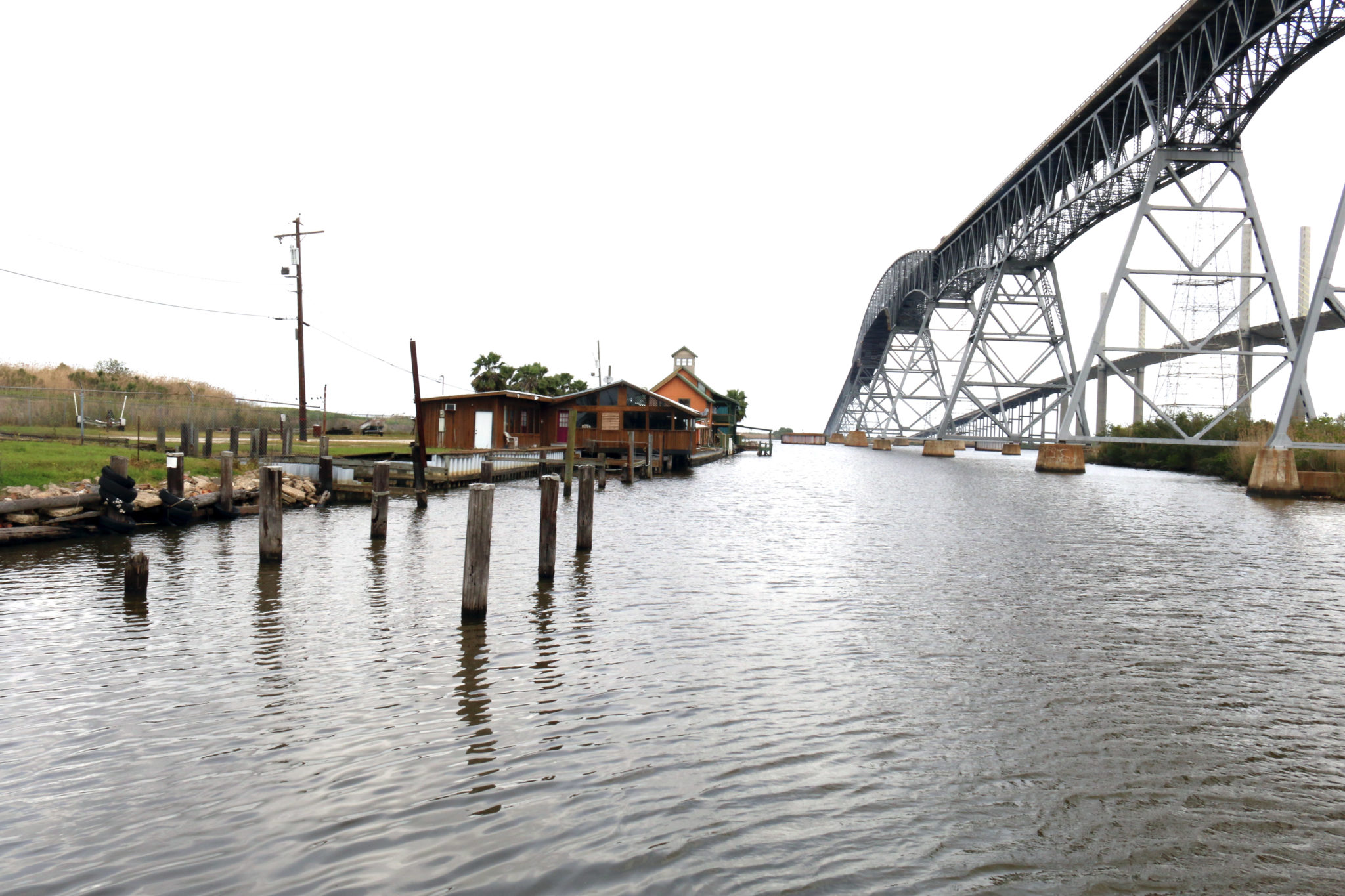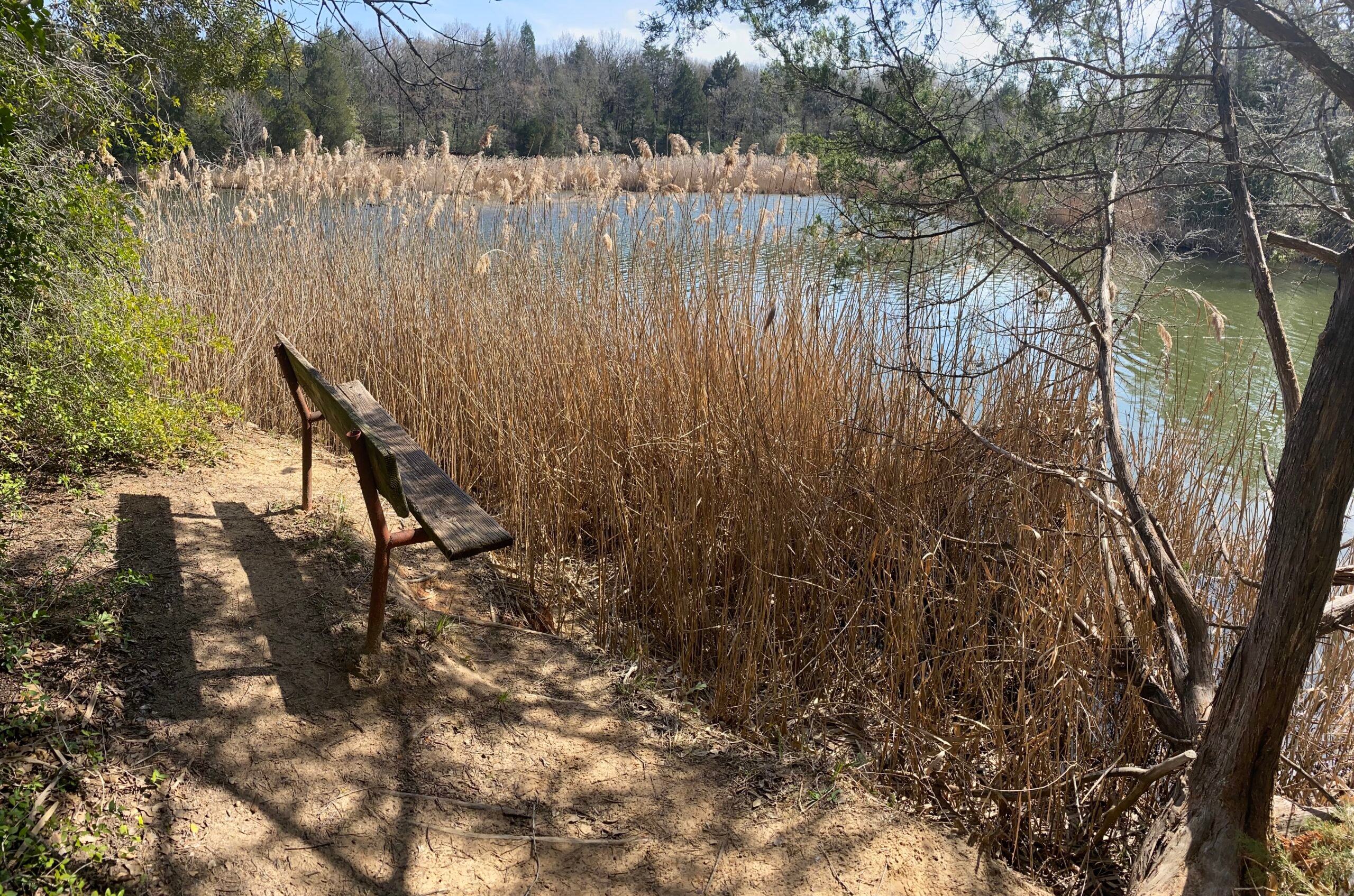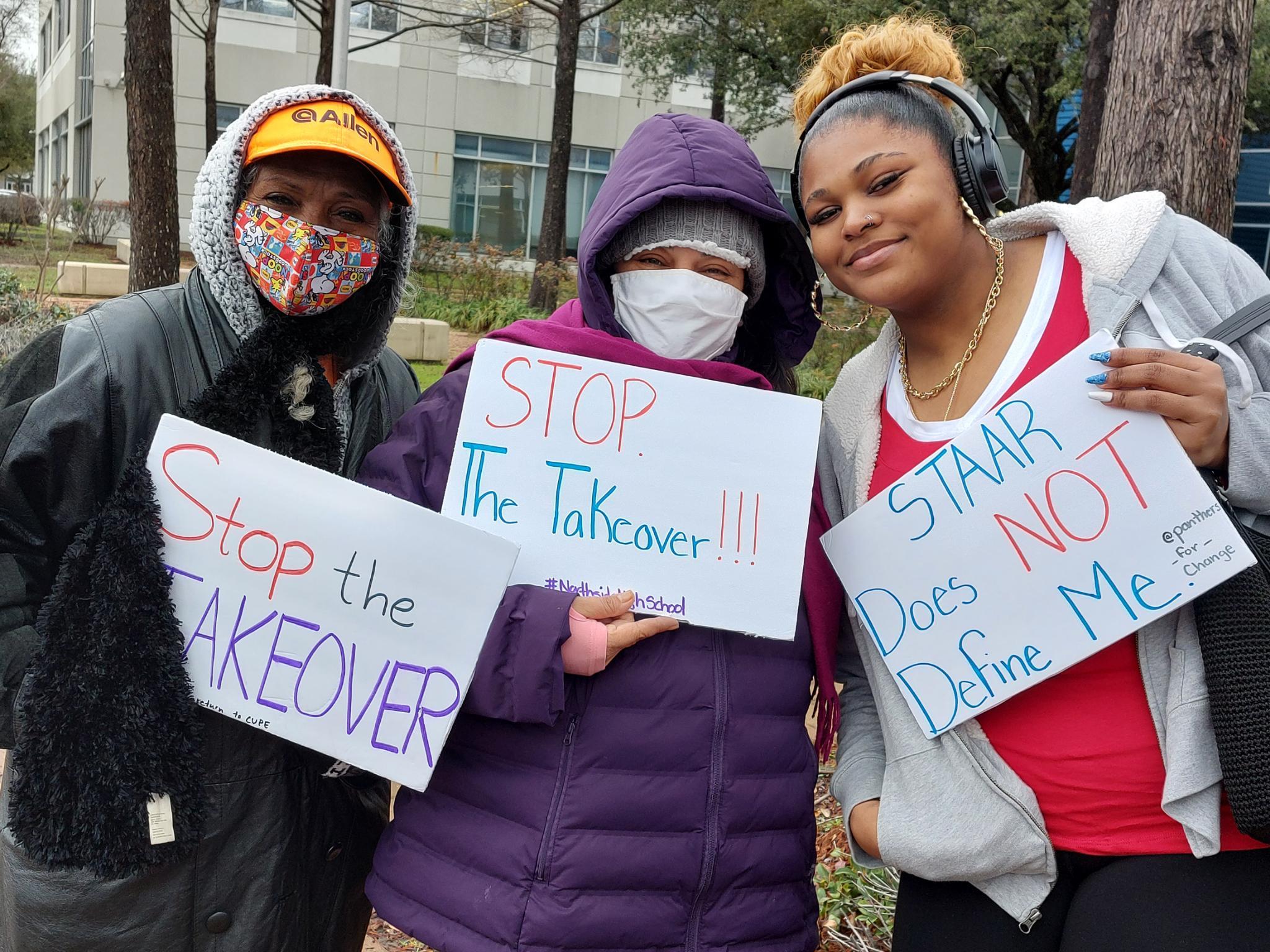
Without State Aid, Advocates Worry Port Arthur Will Bleed Residents Long After Harvey
Flooding was so widespread in Port Arthur during Harvey that even shelters had to be evacuated.

A version of this story ran in the April 2018 issue.
Above: The Rainbow Bridge in Port Arthur.
Hurricane Harvey was destruction in three acts. The first occurred on August 25, when the storm crashed ashore north of Corpus Christi with 130 mph winds. For its second act, Harvey lingered over the Texas coast for days, disgorging an unprecedented amount of rain that turned Houston into a lake, before drifting out into the Gulf.
Janice Rogers faced Harvey’s third and final act when the storm swung back for a second landfall near the Texas-Louisiana border on August 30. Rogers, 57, waded through waist-deep water outside her west Port Arthur apartment to reach a helicopter that flew her to safety. After she slept in a shelter for two days, someone convinced her to board a military plane sending evacuees to Dallas.
Rogers, born and raised in Port Arthur, hasn’t returned. She probably never will. Her story worries housing advocates and community leaders in the city of 55,000, which battled high poverty and double-digit unemployment well before Harvey hit. They fear that without more government assistance to help the already struggling region recover, Port Arthur will continue to bleed residents.
“Port Arthur always gets ignored; ignored during Rita, during Ike and now during Harvey.”
“People already lived hand-to-mouth here,” said John Beard, a former Port Arthur City Council member and community activist. Most homeowners, including the city’s mayor, didn’t have flood insurance when Harvey hit. Few could afford to fix much on their own; some still lived with damage from hurricanes Rita in 2005 and Ike in 2008. Flooding was so widespread in Port Arthur during Harvey that even shelters had to be evacuated. “A lot of people were forced to leave because there was simply no place to go,” Beard said. “I still see what look like abandoned homes. I’m waiting to see if anyone ever comes back for them.”
All counties impacted by Hurricane Harvey, according to the Texas General Land Office. Jefferson County is in blue.
Port Arthur isn’t yet a priority for state officials. The Texas General Land Office recently sent three-quarters of the state’s first $58 million chunk of federal housing aid to Harris County, almost entirely for property buyouts. The office allocated the remaining $11 million to build affordable multifamily housing in the tourism-dependent coastal counties ravaged by Harvey’s first landfall. Port Arthur’s Jefferson County, second only to Harris in the number of damaged housing units, didn’t get a cent. The GLO told the Observer that some of the $38.6 million Texas allocated for critical housing assistance early this year will eventually benefit Port Arthur, but didn’t say how much, or when the projects would even be identified.
Rogers sees little reason to go back, even as she struggles to settle in Dallas. Nearly a week after evacuating, she moved into a church, where she has slept on an air mattress ever since. A school cafeteria worker in Port Arthur, Rogers eventually found work in Dallas, but she’s only now on the verge of moving into an apartment.
Rogers knows some people back home are disappointed by her decision. “I’m not coming back,” she said. “Port Arthur always gets ignored; ignored during Rita, during Ike and now during Harvey.” Rogers says perhaps it’s time she ignores Port Arthur, too.
Correction: This story has been updated to reflect an initial mischaracterization of the state’s $61 billion recovery plan submitted to the feds. That recovery plan was meant for infrastructure, not housing projects. The story has also been updated to include a second stream of funding from the General Land Office for housing assistance that was initially omitted. The Observer regrets the error.


